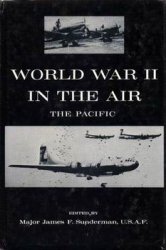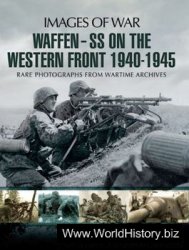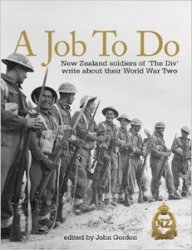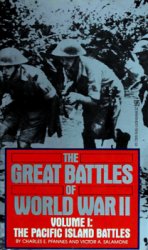ArawAkan-speaking people organized into autonomous chiefdoms, the Taino inhabited the Greater Antilles and the Leeward Islands of the Lesser Antilles in the Caribbean Sea, and they had the unfortunate circumstance of being the first indigenous group in the Western Hemisphere to suffer the full repercussions of sustained contact with Europeans.
Linguistically related to the ArawAkan-speaking Natives of Amazonia, the Taino of the Greater Antilles and Leeward Islands lived in hierarchical societies headed by chieftains called CACiqUEs. These chiefdoms typically controlled land located along river basins extending from interior mountains to the ocean. This allowed them to maintain control of a variety of resources they needed for survival. The Taino survived on a subsistence diet that consisted of cultivated plants, fish, shellfish, turtles, and birds. They harvested, among other items, peanuts, sweet potatoes, manioc, a wide range of root crops, TOBACCO, and cotton on earth mounds spread equidistant from each other. The Taino used the slash-and-burn technique to clear land for crops and created artificial ponds to husband fish and turtles. They developed pottery of a high quality and slept in hammocks.
Caciques established their positions in Taino society through ownership of a large, seaworthy canoe and prowess in warfare, primarily against the Island CARIB, and in trade with other Taino communities in the Caribbean. These leaders received their choice of food and trade items. They and their families usually lived in villages segregated from the rank and file, who inhabited homes near the fields and rivers.
The Taino played a ball game that had religious significance on rectangular or oval courts surrounded by stones. Around these ball courts they built wooden sanctuaries to worship their pantheon of gods. Sometimes they carved effigies of their gods into the stones that surrounded their ball courts. There existed three variants of Taino culture in the Caribbean: Western Taino, Classic Taino, and Eastern Taino. Classic Taino primarily occupied the islands of HISPANIOLA, PUERTO RiCO, and the eastern portion of Cuba, and they tended to be more hierarchically organized than the other two variants. The Western Taino lived in central Cuba and on JAMAICA, and the Eastern Taino inhabited the Leeward Islands of the Lesser Antilles.
The Taino had the misfortune of being the first Native American group to encounter Europeans. These were the people who initially met CHRISTOPHER COLUMBUS on his first voyage to the Americas in 1492. As each island in the Greater Antilles and Leeward Islands of the Lesser Antilles came under the control of the Spanish, its Taino population declined rapidly due to exposure to European diseases, malnutrition, overwork, failed rebellions, and outright murder and abuse at the hands of the Spanish. On many islands the Taino population became extinct within 100 years.
Further reading: Mary W. Helms, “The Indians of the Caribbean and Circum-Caribbean at the End of the Fifteenth Century,” in The Cambridge History of Latin
America, vol. 2, ed. Leslie Bethell (Cambridge: Cambridge University Press, 1995), 501-545; Peter Hulme, Colonial Encounters: Europe and the Native Caribbean, 1492-1797 (New York: Methuen, 1986); Irving Rouse, “The Taino,” in Migrations in Prehistory: Inferring Population Movement from Cultural Remains (New Haven, Conn.: Yale University Press, 1986), 106-156;-, The Tainos: Rise and
Fall of the People Who Greeted Columbus (New Haven, Conn.: Yale University Press, 1992).
—Dixie Ray Haggard




 World History
World History









